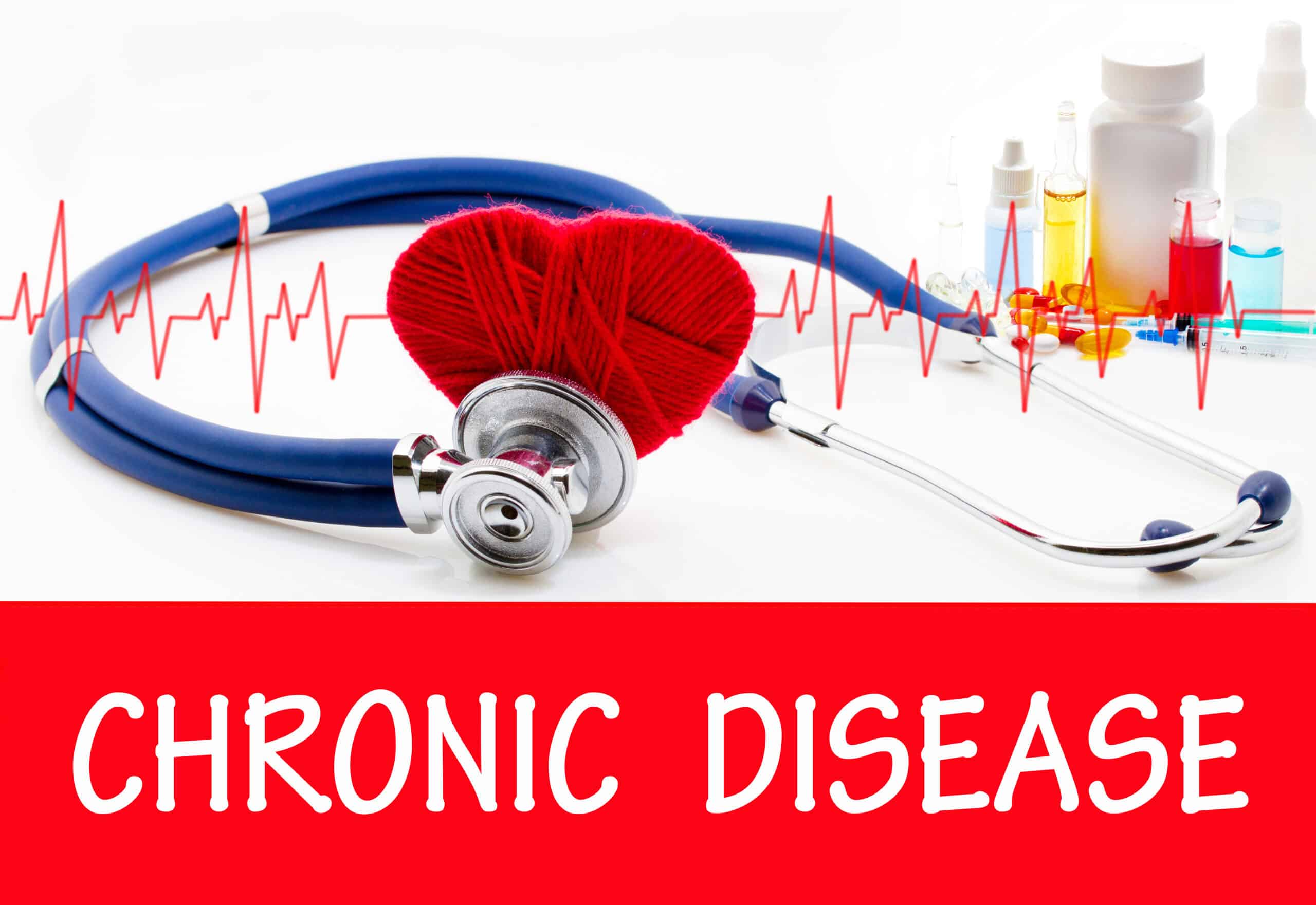Redox status refers to the balance between the production and elimination of reactive oxygen species (ROS) and other free radicals, which can cause oxidative stress and damage to biomolecules. Metabolic status refers to the regulation of energy production and utilization, as well as the synthesis and degradation of macromolecules, such as carbohydrates, lipids, proteins, and nucleic acids. Immune status refers to the ability of the immune system to recognize and eliminate pathogens, foreign substances, and abnormal cells, as well as to maintain self-tolerance and avoid inflammation. Regenerative status refers to the capacity of the cells and tissues to repair, replace, and regenerate themselves after injury or aging.
CDPM uses various methods and tools to assess and modulate these four aspects of cellular and tissue function, such as biomarkers, genomics, proteomics, metabolomics, epigenetics, pharmacology, nutrition, lifestyle, and behavioral interventions¹. CDPM also applies a systems biology approach that considers the interactions and feedback loops among different biological levels, such as molecules, cells, tissues, organs, and organisms.
Why is CDPM important?
CDPM is important because chronic diseases are a major public health problem that affects millions of people worldwide, causing morbidity, mortality, disability, and reduced quality of life². Chronic diseases are also associated with increased health care costs and reduced productivity⁴. Some examples of chronic diseases are diabetes, cardiovascular diseases, cancer, chronic respiratory diseases, and mental disorders.
Chronic diseases are characterized by complex and multifactorial etiologies, long-term and progressive courses, and multiple comorbidities and complications⁵. Chronic diseases are influenced by a combination of genetic, environmental, behavioral, and social factors, which can vary among individuals and populations⁶. Chronic diseases often require long-term and continuous care, which can pose challenges for the health care system and the patients⁷.
How does CDPM address chronic diseases?
CDPM aims to address the root causes and underlying mechanisms of chronic diseases, rather than just treating the symptoms or complications, and to provide personalized and holistic care that considers the individual needs and preferences of the patients¹. CDPM adopts a biopsychosocial approach that integrates biological, psychological, and social factors that influence health and disease⁵. CDPM also uses evidence-based interventions that target multiple levels of influence, such as individual, interpersonal, organizational, community, and policy⁶.
CDPM has two main goals: prevention and management. Prevention refers to the strategies and actions that aim to reduce the risk or delay the onset of chronic diseases, such as screening, vaccination, health education, and risk factor modification⁸. Management refers to the strategies and actions that aim to control or improve the outcomes of chronic diseases, such as diagnosis, treatment, monitoring, rehabilitation, and palliation⁸.
CDPM follows a patient-centered and team-based approach that involves the collaboration and coordination of different health professionals, such as physicians, nurses, pharmacists, dietitians, psychologists, social workers, and health educators¹. CDPM also empowers and engages the patients and their families or caregivers in decision-making and self-management, and supports them to achieve their health goals and improve their quality of life⁸.
What are the advantages of CDPM over conventional medicine and CDC?
CDPM has several advantages over conventional medicine and the Centers for Disease Control and Prevention (CDC) in terms of chronic disease prevention and management. First, CDPM is more comprehensive and multidisciplinary, as it covers a wide range of chronic diseases and involves various health professionals, who have specialized knowledge and skills in different aspects of cellular and tissue function¹. Second, CDPM is more proactive and preventive, as it aims to identify and modify risk factors and promote healthy behaviors and lifestyles before chronic diseases develop or worsen⁷. Third, CDPM is more patient-centered and empowering, as it respects and involves patients in decision-making and self-management, and supports them to achieve their health goals and improve their quality of life⁸.
CDPM follows the CDC guidelines and recommendations for chronic disease prevention and management, such as the Chronic Care Model, the National Diabetes Prevention Program, the Million Hearts Initiative, and the Healthy People 2030. CDPM also fills the gap of the CDC H&P 360 platform, which is a web-based platform that provides tools and resources for health professionals and organizations to implement chronic disease prevention and management programs⁵. The CDC H&P 360 platform is part of the CDC’s National Center for Chronic Disease Prevention and Health Promotion (NCCDPHP), which aims to improve the health and well-being of people with chronic diseases. CDPM complements the CDC H&P 360 platform by offering more specific and customized protocols and therapies for different types of chronic diseases, based on the latest scientific evidence and best practices¹. CDPM also integrates the CDC H&P 360 platform with other digital platforms and technologies, such as electronic health records, telehealth, mobile health, and artificial intelligence, to enhance the accessibility, efficiency, and effectiveness of chronic disease prevention and management.
Conclusion
In conclusion, CDPM is a new medical specialty that offers a novel and promising approach to prevent and manage chronic diseases, by restoring and modulating the redox, metabolic, immune and regenerative status of the patients. CDPM is important, comprehensive, proactive, patient-centered, and evidence-based. CDPM also follows and complements the CDC guidelines and recommendations, and fills the gap of the CDC H&P 360 platform.




